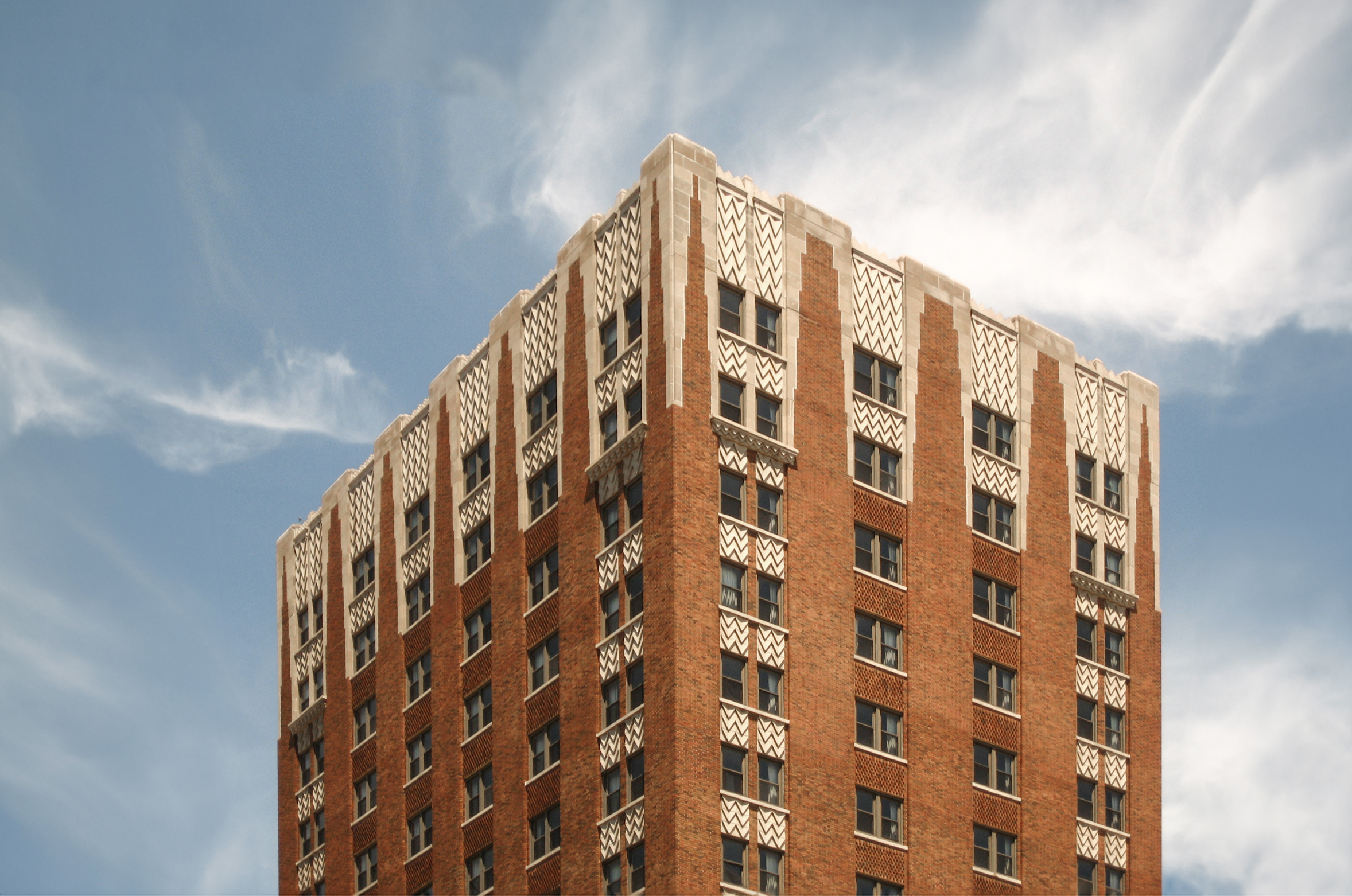The Wisconsin Gas Light Building is an Art-deco skyscraper designed by Eschweiler & Eschweiler, and built between 1929 and 1930 in Milwaukee, WI.
Wisconsin Gas Light Building is not the only name you might know this building by though. It is common for companies to want to attach their names to iconic buildings when they move in, or for the general public to come up with nicknames, and this one is no exception. The Wisconsin Gas Light Building is also known, or has been known as, Gas Light Building, or Milwaukee Gas Light Building.
Its precise street address is 626 East Wisconsin Avenue, Milwaukee, WI. You can also find it on the map here.
The building has been restored 2 times over the years to ensure its conservation and adaptation to the pass of time. The main restoration works happened in 1950 and 2005.





